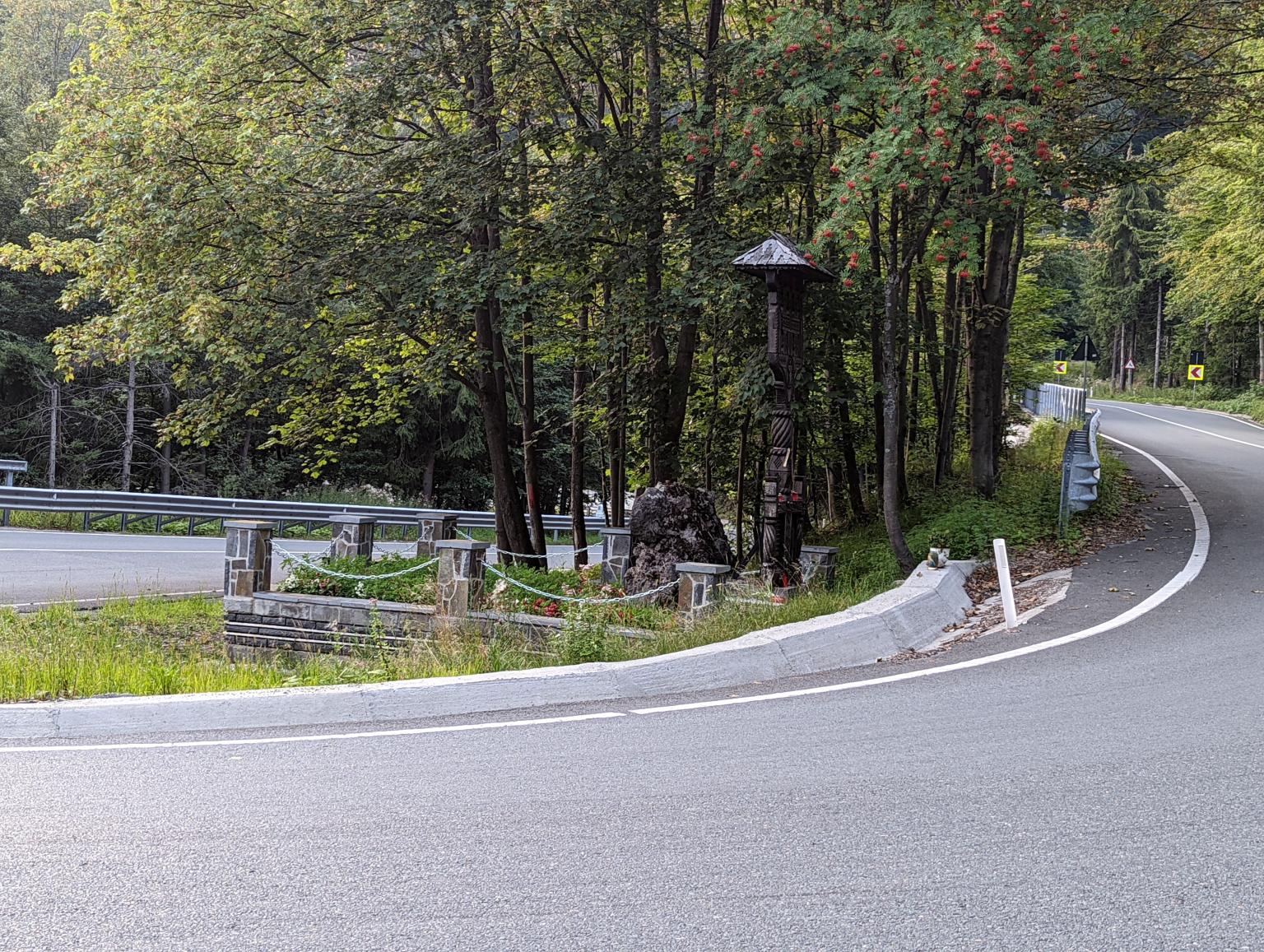When you are on the way to Vârful Gutâi from Baia Mare or descend from the top to Șara Maramureşului, you will come across numerous places, rocks, paths and grottoes that bear the name of the famous Maramureşian outlaw Pintea Grigore, also known as Viteazul, who crossed these lands centuries ago.
On the slope towards Maramureș of Vârfului Gutâi, in the immediate vicinity, there is the Outlaw's Spring Pintea Viteazul, and higher up rises the Pintea Citadel, built of rock walls. According to the legends, this is where the outlaw retreated with his henchmen to avoid the subjugation of the authorities.
Pintea Grigore and his bands of outlaws operated in Sătmar, Maramureș, Bihor counties and Chioar district at the end of the 17th century and the beginning of the 18th century.
The first documentary mention of its activities dates back to 1699, when it was observed near the town of Baia Sprie. In the years 1698-1699, he brought much damage and trouble to the authorities and nobles. A document reports that on August 15, 1699, Pintea and his outlaws entered Baia Mare in broad daylight, causing anxiety to the authorities. The fear of the nobility and other exploiters was so great that Emperor Leopold I granted, by letter of April 23, 1701, a reward of 500 thalers to the one who would surrender him dead or alive, because, according to the ordinance, "this Pintea caused great damage to the nobility from Maramureș, Satu Mare and Bihor counties".
The attacks of Pintea Viteazul's outlaws prepared the poor population of Maramureș for the anti-feudal and anti-Habsburg uprising of 1703-1711. Incidentally, the uprising led by Francisc Rákóczi II started from these territories.
During that uprising, Pintea's outlaws performed many heroic deeds. The leader of the uprising received the news of Pintea's participation in the movement with joy, expressing his pleasant surprise: "I was pleasantly surprised by the news that Pintea lotru, famous not only in Mezis, but also in Codru and the straits from Sălaj, the Baii Mari Mountains, Cavnic and Maramureș, of Wallachian origin, chose to prove his faith by standing under the walls of the Baia Mare fortress."
During that attack, Pintea Viteazul was killed by a bullet under the city walls of Baia Mare in 1703. However, his death did not mark the end of outlawry in Maramureș. Bands of outlaws continued to fight against exploitation in the years that followed, as can be seen from Pintea the Brave's exhortation to his comrades after he was wounded. This exhortation is reflected in many variations of popular versions:
"My dears, my dears,
All brave as kites;
Stay in the green
We don't know where to go
And keep everyone together
And never give up."
From the inn, follow the red tape markings for about 2-3 hours to the Creasta Cocoșului geological reserve.
Source: Maramureș, Oaș, Satu Mare (Ministry of Tourism, 1980)


